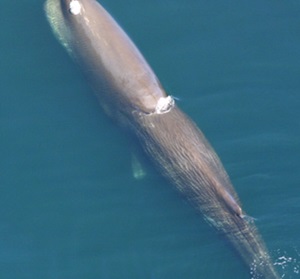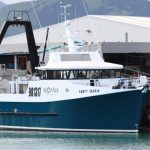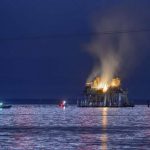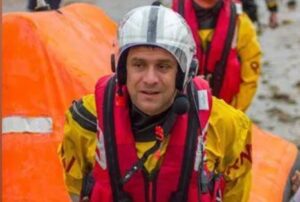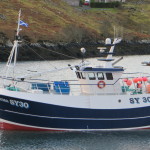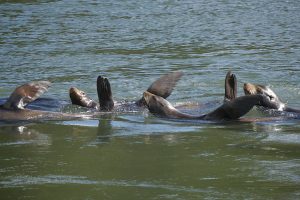Tag Archives: Southeast Alaska
Charting a course toward seafood independence for Alaska’s vulnerable food systems
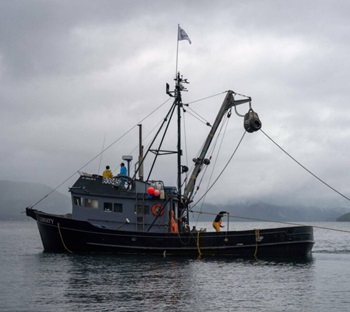 As a commercial fisherman based in Sitka and the executive director of the Alaska Longline Fishermen’s Association (ALFA), I’ve spent decades navigating Alaska’s challenging waters and the headwinds facing our fishing communities. Alaska’s coastal residents are resilient, but they are up against a new magnitude of challenges. The loss of fishing access and community-based processing capacity, along with a dearth of local markets for seafood, are straining once vibrant fishing economies up and down our coastline. I recently contributed to a fisheries access report commissioned by the Alaska Sustainable Fisheries Trust (ASFT), which highlights the outmigration of fishing access in Southeast Alaska. Communities with historically robust local fishing fleets now see few active vessels based in town. This trend is acute in communities such as Kake, which has lost its local processor — and with it, a viable market for resident fishermen. Through interviews and in-person engagement, ASFT’s report found that a common concern among fishermen was the loss of a local fish buyer. When this happens, resident fishermen often sell their permits or abandon fishing altogether. more, >>CLICK TO READ<< By Linda Behnken 12:05
As a commercial fisherman based in Sitka and the executive director of the Alaska Longline Fishermen’s Association (ALFA), I’ve spent decades navigating Alaska’s challenging waters and the headwinds facing our fishing communities. Alaska’s coastal residents are resilient, but they are up against a new magnitude of challenges. The loss of fishing access and community-based processing capacity, along with a dearth of local markets for seafood, are straining once vibrant fishing economies up and down our coastline. I recently contributed to a fisheries access report commissioned by the Alaska Sustainable Fisheries Trust (ASFT), which highlights the outmigration of fishing access in Southeast Alaska. Communities with historically robust local fishing fleets now see few active vessels based in town. This trend is acute in communities such as Kake, which has lost its local processor — and with it, a viable market for resident fishermen. Through interviews and in-person engagement, ASFT’s report found that a common concern among fishermen was the loss of a local fish buyer. When this happens, resident fishermen often sell their permits or abandon fishing altogether. more, >>CLICK TO READ<< By Linda Behnken 12:05
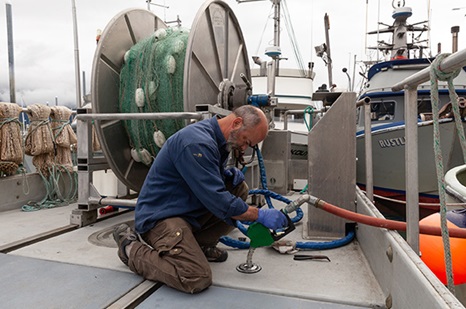
Salmon disaster relief applications for permit-holders due August 24
Federal disaster aid is on the way for some commercial fishing permit-holders in Haines and throughout the state, though many may be too wrapped up in the current season to apply for it right away. Applications for crew and subsistence users are currently available online. Unique applications for permit-holders and processors from the Pacific States Marine Fisheries Commission were mailed out on June 26 and are due August 24. Once completed the application can be mailed back to the commission or uploaded online. There’s also aid for vessel crew, and those applications are not due until September 28, but they may be harder to find. They’ll also need an affidavit from the permit holder or vessel owner they worked with to apply. more, >>CLICK TO READ<< 07:10
Local fishermen report mixed results in commercial season so far
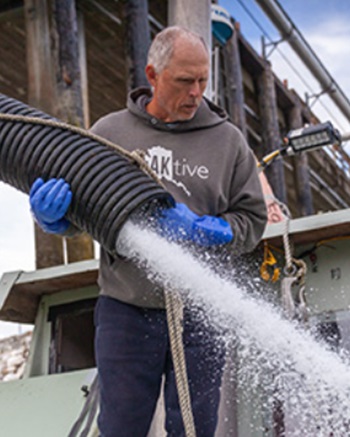 Nearly a dozen commercial fishing boats queued for gas and ice at the fuel dock on a foggy Saturday morning. The low tide set the pace slow enough for fishermen to talk to one another about the season even though they were eager to get underway. Boats bobbed up and down with names like Easy Street, Rustler, High Surf, Crown Haines, and Minnie A. Then the sun made its way through the morning clouds and the salty breeze carried the sounds of ice and fuel rolling through large plastic hoses hanging from the dock. It’s the third week since the season opener and fishermen like Matt Davis reflected on how the winds have shifted. more, >>CLICK TO READ<< 08:30
Nearly a dozen commercial fishing boats queued for gas and ice at the fuel dock on a foggy Saturday morning. The low tide set the pace slow enough for fishermen to talk to one another about the season even though they were eager to get underway. Boats bobbed up and down with names like Easy Street, Rustler, High Surf, Crown Haines, and Minnie A. Then the sun made its way through the morning clouds and the salty breeze carried the sounds of ice and fuel rolling through large plastic hoses hanging from the dock. It’s the third week since the season opener and fishermen like Matt Davis reflected on how the winds have shifted. more, >>CLICK TO READ<< 08:30
Major winter storm hits Juneau, sinking 3 docked boats
 A prolonged winter storm is piling multiple feet of snow in some areas of Southeast Alaska, leading the National Weather Service to issue a winter prolonged winter storm and Petersburg. NWS described the storm as a “long duration snow event.”The snow is also contributing to dangerous conditions for harbored boats for Juneau and Petersburg. Docks & Harbors would like to remind all boat owners to make sure their vessels and structures are cleared of snow and all pumps are operating correctly, their boats are not taking on any water, and all mooring lines are secure,” Thatcher wrote. According to Juneau Harbormaster Matthew Creswell, heavy snow accumulation contributed to the sinking of three boats. Video, more, >>click to read<< 13:12
A prolonged winter storm is piling multiple feet of snow in some areas of Southeast Alaska, leading the National Weather Service to issue a winter prolonged winter storm and Petersburg. NWS described the storm as a “long duration snow event.”The snow is also contributing to dangerous conditions for harbored boats for Juneau and Petersburg. Docks & Harbors would like to remind all boat owners to make sure their vessels and structures are cleared of snow and all pumps are operating correctly, their boats are not taking on any water, and all mooring lines are secure,” Thatcher wrote. According to Juneau Harbormaster Matthew Creswell, heavy snow accumulation contributed to the sinking of three boats. Video, more, >>click to read<< 13:12
Coast Guard helicopter crash in Southeast Alaska injures 4 crew members
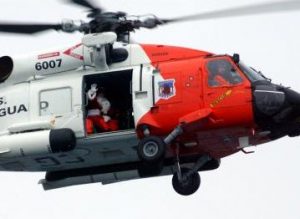 A U.S. Coast Guard helicopter crashed late Monday on an island in Southeast Alaska, and all four people aboard survived, officials said. The Sitka-based MH-60T Jayhawk helicopter crashed on Read Island during a search and rescue mission, U.S. Coast Guard Alaska wrote in a statement Tuesday. The crew members were being treated for serious injuries, the statement said. A crashed on Read Islandfishing vessel reported the crash around 11:05 p.m., according to the statement. The boat had been flooding and was receiving help from the Coast Guard. Two Coast Guard cutters responded to the area to help the flooding fishing vessel and established a security zone around the helicopter crash, the statement said. This is a developing story. >>click to read<< 15:59
A U.S. Coast Guard helicopter crashed late Monday on an island in Southeast Alaska, and all four people aboard survived, officials said. The Sitka-based MH-60T Jayhawk helicopter crashed on Read Island during a search and rescue mission, U.S. Coast Guard Alaska wrote in a statement Tuesday. The crew members were being treated for serious injuries, the statement said. A crashed on Read Islandfishing vessel reported the crash around 11:05 p.m., according to the statement. The boat had been flooding and was receiving help from the Coast Guard. Two Coast Guard cutters responded to the area to help the flooding fishing vessel and established a security zone around the helicopter crash, the statement said. This is a developing story. >>click to read<< 15:59
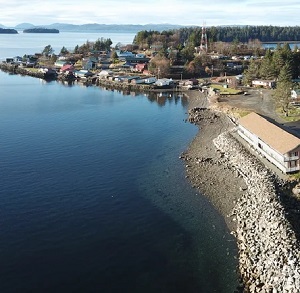
The Alaskan Mass Murder Thats Remained Unsolved For More Than 30 Years
In 1982, the F/V Investor, a commercial fishing boat, was set ablaze on an island near Craig, a remote fishing village in Southeast Alaska. The charred remains of eight people were later found onboard: The boat’s owner, Mark Coulthurst, his pregnant wife, Irene, their two young children, and four deckhands; all shot and killed before the boat was burned. By 1984, John Kenneth Peel, a boatyard worker, was arrested for the crime, but later acquitted. Speaking with People in 2017, David McNeill, a former Washington state police detective involved in the investigation, said this is less an indication of innocence than a prosecutorial failure to present sufficient evidence against Peel. >click to read< 09:10
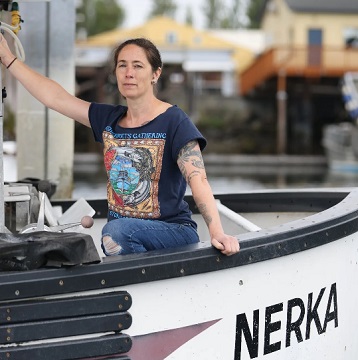
An Alaska fishery has been pitted against orcas. Can both survive?
In early May a Seattle federal judge put the brakes on this summer’s troll fishery in Southeast Alaska, ruling that the National Oceanic and Atmospheric Administration must amend its 2019 report on the impact of the fishing on endangered southern resident orcas who prefer to eat the same Chinook. But the ruling was put on hold last month by a U.S. appeals court, which allowed the fishery to reopen, citing economic harm. The complicated and contentious case probes the soft underbelly of the issue of the southern residents’ plight: the availability of nutrient-rich Chinook, their preferred meal. While fisheries up and down the West Coast are allocated fish for harvest each season, the southern residents get what’s left — and not intercepted by other predators. It has pitted fishers against orcas as some scientists and conservationists call into question the effectiveness of modern fisheries management. 9 photos, >click to read< 10:16
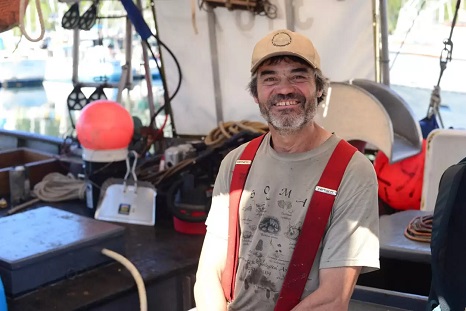
Portraits of a fishery: Sitka trollers gear up for an unexpected season
The commercial season for king salmon, or chinook in Southeast Alaska opens on Saturday, July 1. For trollers across the region, it’s the equivalent of New Year’s Day, the beginning of the annual salmon harvest that lasts through next March. For 50 anxiety-filled days this spring, it appeared that this fishery would not happen. On May 2, a federal judge in Washington ordered fishing closed to make more kings available to an endangered population of killer whales in Puget Sound. On June 21, the US 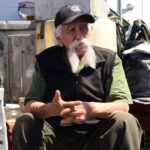 Ninth Circuit Court issued a stay of that order, and allowed trollers to fish as usual while the case remains under appeal. Photojournalist Berett Wilber grew up in Sitka deckhanding aboard her family’s troller. She recently returned and spent a couple of afternoons visiting the docks, photographing and talking to trollers as they readied for the opening. Photos, >click to read< 07:40
Ninth Circuit Court issued a stay of that order, and allowed trollers to fish as usual while the case remains under appeal. Photojournalist Berett Wilber grew up in Sitka deckhanding aboard her family’s troller. She recently returned and spent a couple of afternoons visiting the docks, photographing and talking to trollers as they readied for the opening. Photos, >click to read< 07:40
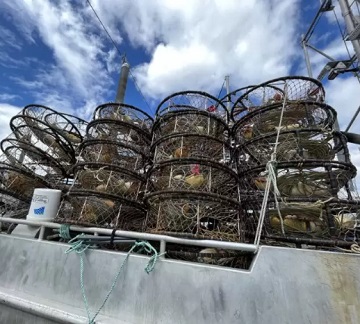
Southeast Dungeness fishery opens to low prices
Two days before crabbing started, Petersburg fisherman Paul Menish was in the cabin of his boat, the “Hi Nikki,” speculating on crab prices. “Sounds like prices aren’t going to be as low as we were quoted three weeks ago,” said Menish. “Now, it’s just rumors, but that the prices will be for Dungeness, will be in north at two dollars. Which isn’t a good price but better than three weeks ago.” It turns out Menish was right. When he sold his first load to OBI Seafoods in Petersburg, he said he got $2.10 a pound. That’s fifty cents lower than the starting price last summer. >click to read< 10:15

Alaska’s fishermen and communities celebrate decision to allow Southeast Alaska’s Chinook troll fishery to open on July 1st
Southeast Alaska’s fishermen and communities welcomed the U.S. 9th District Court of Appeals’ decision on June 21st to keep Southeast Alaska’s Chinook troll fishery open while the National Marine Fisheries Service (NMFS) addresses a technicality in its 2019 Biological Opinion for Southeast Alaska’s salmon fisheries. In its order, the federal appeals panel shared that there was ample evidence submitted showing that the impacts of shutting down the Alaska salmon fishing industry would “outweigh the speculative environmental threats” of keeping the fishery open. “The court’s decision is a huge relief for hundreds of small-boat fishing families that rely on this fishery for their income,” said Linda Behnken, Executive Director of the Alaska Longline Fishermen’s Association. >click to read< 07:15
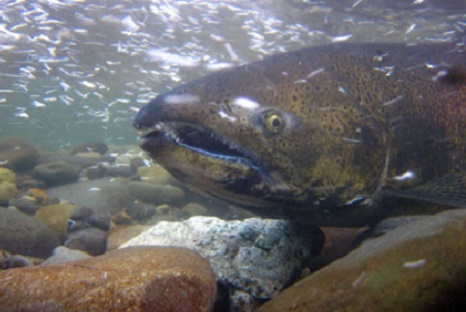
Fishing season is on in Southeast Alaska
The 9th U.S. Court of Appeals on Jun. 21 halted the implementation of a U.S. District Court decision that would have shut down the Chinook fishery in Southeast Alaska for the summer. Alaska Governor Mike Dunleavy, Attorney General Treg Taylor, and Department of Fish and Game Commissioner Doug Vincent-Lang reacted to the Court’s decision. Governor Mike Dunleavy said, “The 9th Circuit got it right when it found that Alaska’s fishing interests outweighed the “speculative environmental threats.” There’s a gauntlet of obstacles before the Chinook reach our fishery. The ruling comes just in time so that our commercial troll fishers in Southeast have a season. And we are grateful for it.” >click to read< 17:20
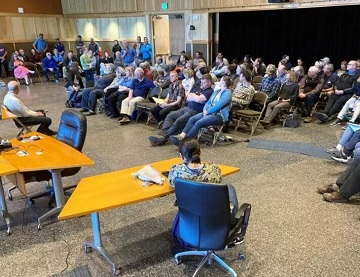
NOAA says revised analysis could allow Southeast king salmon troll fishing, despite ruling
The National Marine Fisheries Service hasn’t ruled out the possibility of opening the summer troll season for king salmon in Southeast Alaska, despite a federal judge’s recent ruling to the contrary. The service’s Alaska regional administrator, Jon Kurland, told a roomful of trollers during a June 7 meeting in Sitka that the agency was working hard to correct the problems identified in the federal lawsuit. The Wild Fish Conservancy in Washington state sued to stop the Southeast Alaska troll season, seeking to protect endangered Southern Resident killer whales’ food sources. >click to read< 12:57
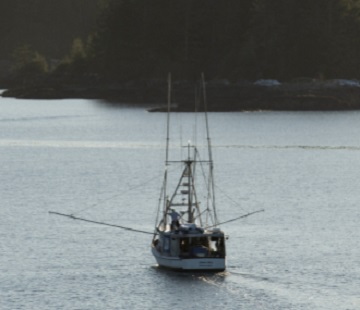
Seattle judge’s ruling might cancel Alaska commercial king salmon season
A ruling from a U.S. judge in Seattle could effectively shut down commercial king salmon trolling in Southeast Alaska, a valuable industry that supports some 1,500 fishermen, after a conservation group challenged the harvest as a threat to endangered killer whales that eat the fish. Wild Fish Conservancy, the organization that brought the lawsuit, heralded the decision as the most significant government action in decades to provide more food for starving orcas. But fishing organizations condemned the ruling, saying it threatens the region with economic disaster and would do little or nothing to benefit orcas. The state of Alaska quickly announced an appeal. >click to read< 10:12
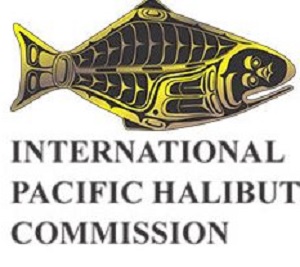
Commission cuts halibut limits across Alaska, Canada
The International Pacific Halibut Commission adopted its annual catch limits for halibut in 2023 from California to the Bering Sea at its meeting Jan. 27. Coastwide, the total constant exploitation yield, a term for how many total halibut longer than 26 inches are removed from the population, regardless of reason, is just shy of 37 million pounds, a 10% drop from 41.2 million pounds last year. Every regulatory area received a cut except for 2A, which covers California, Oregon and Washington. Area 3A, which covers the central Gulf of Alaska, and area 4A, which covers the eastern Aleutians, saw the largest cuts at 17% each. Southeast Alaska only saw a 1% cut, while the western Gulf, western Aleutians and central Bering Sea each saw 6% cuts. The Canadian coast saw a 10.3% cut. >click to read< 11:50
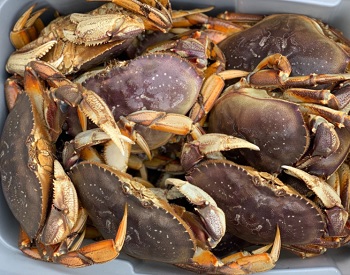
Southeast Alaska’s summer Dungeness crab fishery worth $10M less than last year
State managers closed Southeast’s Dungeness summer fishery, which opened June 15, two weeks early by emergency order because of low harvest numbers. It’s been five years since the last time that’s happened. This summer season harvest was just under 1.3 million pounds, nearly two million pounds less than last year. Along with the lower harvest, was a corresponding drop in value. This year the fishery was worth $3.77 million. Last year it was $13.03 million. This year’s price was $2.96 per pound. That’s about average for Dungeness crab over the last decade. >click to read< 11:41
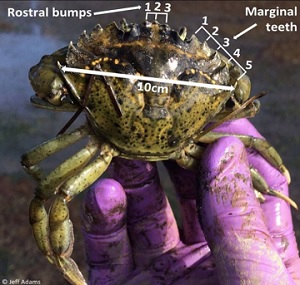
Invasive Green Crab Detected in Alaska for the First Time
The green crab is an invasive marine species spreading throughout the coastal waters of the United States. Efforts between NOAA Fisheries and Metlakatla Indian Community have been leading the way on monitoring to detect this species’ presence in Alaskan waters. The green crab has been found in U.S. waters since the 1800s, but this is the first confirmed presence in Alaska. They are a threat to native species and habitats. They are highly competitive predators that can decimate shellfish populations, outcompete native crabs, and reduce eelgrass and salt marsh habitats. They are a serious threat for Alaska’s tidal habitats. >click to read< 11:47
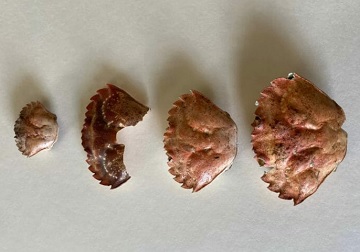
Evidence of invasive green crab that could wreak havoc on Alaska fisheries found near Metlakatla
An invasive species that could wreak havoc on commercial and subsistence fisheries has been found in Alaska for the first time. Biologists with Metlakatla Indian Community say they found the first evidence of European green crabs on Annette Island, near the southern tip of Southeast Alaska, in mid-July. NOAA Fisheries biologist Linda Shaw says they’re a particular threat to fellow shellfish. “They compete with juvenile Dungeness crab. They are shellfish predators, so things like clams, they would directly eat,” she said. “And then there’s also anecdotal information from British Columbia that they predate on juvenile salmon.” >click to read< 11:49
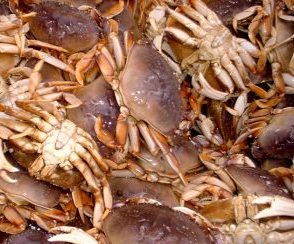
Dungeness crab fishery to close early after slow start
The commercial Dungeness crab fishery in Southeast Alaska will close early this summer because the start of the season has been so slow. In recent years, Dungeness crabbing has been pretty great for commercial fishermen in Southeast. The harvests and prices have been above average, sometimes way above. Last year, saw the second highest harvest on record and the highest price ever paid. The summer season was worth $13 million. But this year looks different. The season opened on June 15. About 200 fishermen registered in the region and they’ve reported poor fishing. “I’ve heard generally it’s slow,” said Joe Stratman with the Alaska Department of Fish and Game. “I’ve heard generally it’s slow throughout the region.” It’s only the third time in the last 20 years that the season has been shortened. >click to read< 10:14
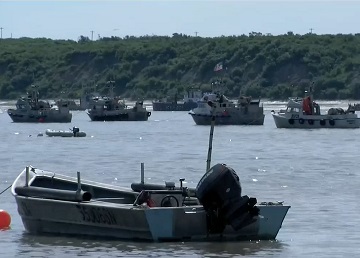
Nearly $132 million allocated for Alaska fishery disasters
The U.S. Commerce Department announced on Thursday that several Alaska fisheries are eligible to share in almost $132 million of federal disaster relief. The Yukon and Kuskokwim rivers are included after a chum and king salmon collapse last year. Impacted fishermen can share in $55 million, but that is also set to be split between fishermen from Southeast Alaska, Prince William Sound and Chignik. Gov. Mike Dunleavy submitted the disaster declaration to the federal government when applying for relief. >click to read< 10:53
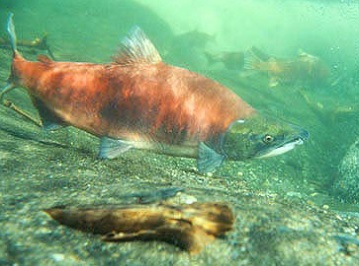
Boom-bust commercial salmon season doubles 2020 value
This summer was significantly better for commercial salmon fishermen in Alaska than 2020, though that success was far from evenly spread. Commercial salmon fishermen hauled in salmon valued at $643.9 million this season, according to the Alaska Department of Fish and Game. That’s more than double the 2020 value of $295.2 million, but still a little behind the estimated 2019 value of $657.6 million. Overall, 2021 ranks fairly well in the historical averages for numbers of salmon harvested and poundage as well as in value, according to Fish and Game data. >click to read< 16:37
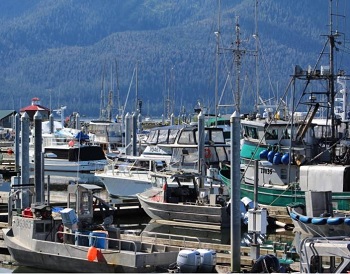
Southeast Alaska commercial salmon harvest 4 times higher than last year
Commercial fishermen in Southeast harvested 58 million salmon across the five species this year: almost 7 million chum salmon; 48 million pinks; 1.5 million coho; 1.1 million sockeye and 216,000 king salmon. That’s a marked improvement in harvest for every species. Even the embattled Southeast king salmon had a commercial harvest increase of more than 16,000 fish. In total, commercial salmon fishermen in the region caught and sold 44 million more salmon than last year. Even taking into account the odd-year pink salmon peaks, this year’s pink salmon harvest was more than double 2019’s Southeast Alaska pink salmon catch. >click to read< 19:10
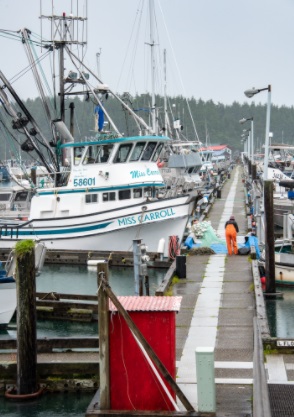
Humpy surge boosts Prince William Sound harvest to 54.3M
For Prince William Sound alone the Alaska Department of Fish and Game’s preliminary harvest report as of Wednesday, Aug. 18, stood at 50.4 million humpies, up from 31.9 million humpies just a week earlier, when the overall PWS commercial harvest totaled 39.8 million fish. Deliveries to PWS processors also reached a cumulative total of 2.6 million chums, 1.3 million sockeyes, 39,000 cohos and 7,000 Chinook salmon.,, In the PWS seine fisheries the egg take underway at the Valdez Fisheries Development Association was 38% complete as of Aug. 17. The Prince William Sound Aquaculture Corp. reported good run entry at Wally Noerenberg Hatchery and minimal run entry at the Armin F. Koernig and Cannery Creek hatcheries. Future fishing opportunities targeting PWSAC enhanced pink salmon would be contingent on run entry and broodstock acquisition, biologists said. >click to read< 11:22
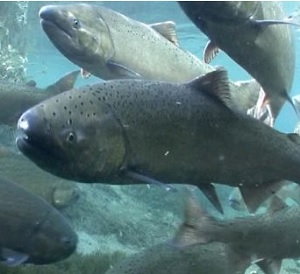
Could B.C. commercial salmon fishery closures affect Southeast Alaska?
Department of Fisheries and Oceans Canada, the federal agency that manages Canada’s fisheries, effectively ended the 2021 commercial salmon season on the West Coast in late June. Canada’s fishing industry was stunned, says B.C. Seafood Alliance Executive Director Christina Burridge. “First Nations have harvested salmon forever. And post-contact, salmon canneries are what in the sense built this province. To be now in this situation seems really tragic to me.” The closure came just weeks after Canada announced a more than half-a-billion dollar plan to revitalize its flagging Pacific salmon stocks in B.C. and Yukon Territory.,, The Chinook on the transboundary rivers Unuk and Chilkat are among the current Southeast stocks of concern. >click to read< 10:11
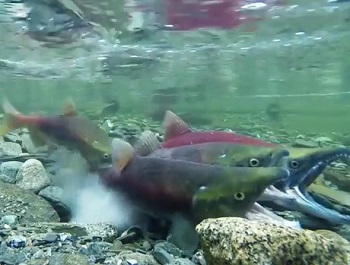
Northwest tribes unite over GOP congressman’s pitch to breach Lower Snake River dams
The Affiliated Tribes of Northwest Indians unanimously approved a resolution Thursday calling for breaching of the Lower Snake River dams to rebuild salmon runs, save endangered orcas and secure funding from Congress to replace the benefits of the dams. The group represents 57 Northwest tribal governments from Oregon, Washington, Idaho, Northern California, Southeast Alaska and Western Montana. A plan proposed by Congressman Mike Simpson, R-Idaho, to do just that was panned by key leaders in Washington state earlier this month. >click to read< 20:48
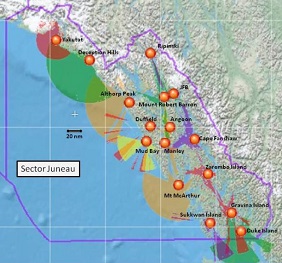
Network Failure: Emergency VHF radio channel unreliable across Southeast Alaska
Coast Guard Commander Lyle Kessler said mariners calling on Channel 16 may have trouble getting through to watchstanders. The Coast Guard is advising mariners to carry an alternative means for sending distress calls. That ranges from an Emergency Position Indicating Radio Beacon, satellite phone or even a conventional cell phone. As of Wednesday, Kessler said nine VHF repeaters — Althorp, Cape Fanshaw, Duke, Gravina, Mt. Robert Barron, Mud Bay, Mt. Ripinski, Yakutat and Zarembo — are working only intermittently due to the microwave interference issue. >click to read< 09:59

Southeast Alaska’s 2020-21 commercial Dungeness crab season harvest is the 2nd largest on record
The harvest for Dungeness crab in Southeast Alaska’s commercial fishing season is the second largest on record. The catch from the fall fishery added to one of the few bright spots from last year. A few areas of Southeast’s commercial Dungeness crab season are still open through February but most areas closed at the end of November. The estimate for the fall harvest is 813,000 pounds. That’s down slightly from recent years. But the 2020 summer harvest was so large–at 5.87 million pounds–that it still makes the total season harvest the second largest ever. “What we saw last year was a big harvest, it was a big season poundage wise,”,, The price paid to fishermen was below recent years. >click to read< 10:24
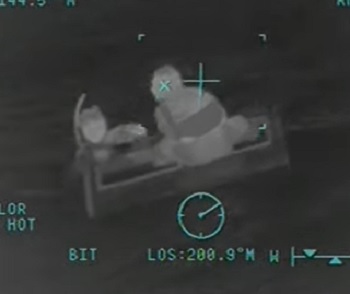
Shipwrecked in storm, retired fisherman gets unexpected rescue in Southeast Alaska
When a retired Southeast Alaska fisherman found himself adrift after his boat suddenly sank in a storm, he didn’t expect to be rescued. But a gadget on board alerted the Coast Guard, saving the 70-year-old man’s life. The man was 70-year-old retired fisherman Kurt Brodersen. “It never occurred to me anybody was gonna come and get me,” “The hatch cover was floating off, and I got on the hatch cover,” But when I got about halfway across Union Bay, I saw this red light in the sky,,, Although Brodersen says he hadn’t checked the batteries in the rescue beacon in a few years, his EPIRB was still working. >click to read< 11:51






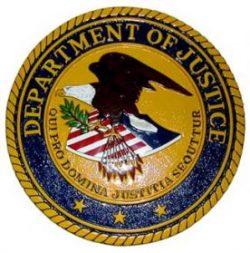 A Southeast Alaska commercial fisherman was sentenced today to six months in prison for falsifying fishing records in violation of the Lacey Act and illegally taking a sperm whale in violation of the Endangered Species Act. According to court documents, between October and November 2020, Dugan Paul Daniels, 55, of Coffman Cove, knowingly submitted false records about his commercial fishing activities to make it appear that he lawfully caught sablefish, aka “black cod,” in federal waters on two separate occasions. An investigation revealed he harvested the fish illegally in State of Alaska waters, specifically, in Chatham Strait and Clarence Strait, respectively. The total market value of the illegally harvested fish was $127,528.
A Southeast Alaska commercial fisherman was sentenced today to six months in prison for falsifying fishing records in violation of the Lacey Act and illegally taking a sperm whale in violation of the Endangered Species Act. According to court documents, between October and November 2020, Dugan Paul Daniels, 55, of Coffman Cove, knowingly submitted false records about his commercial fishing activities to make it appear that he lawfully caught sablefish, aka “black cod,” in federal waters on two separate occasions. An investigation revealed he harvested the fish illegally in State of Alaska waters, specifically, in Chatham Strait and Clarence Strait, respectively. The total market value of the illegally harvested fish was $127,528. 